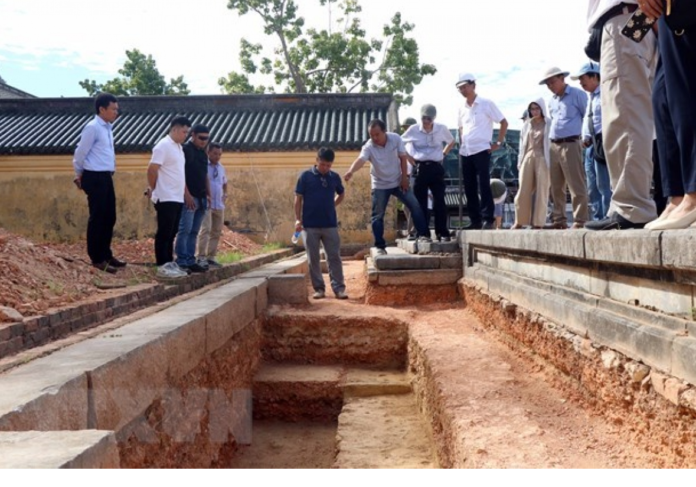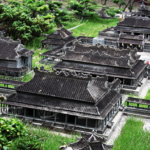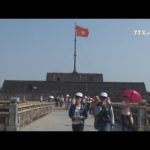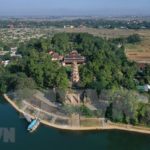Hue, the capital of Vietnam during the Nguyen Dynasty (1802 – 1945), known as Phu Xuan, holds historical significance.
Archaeological findings from a 200 sq.m. area have revealed changes in the palace foundation, reflecting the various restoration periods since its construction under King Gia Long (1762 – 1820).
Can Chanh Palace, located on a potentially unstable geological background, was reinforced multiple times throughout history.
The palace underwent 11 rehabilitations of different levels during its existence from 1804 to 1947.
Experts have suggested restoring the palace to its former glory during the reign of King Khai Dinh (1885 – 1925), considering it one of the most exquisite architectural structures of the Nguyen Dynasty.
Conducting archaeological studies is an essential step in restoring historical sites, and this recent excavation has provided valuable scientific data for the restoration of Can Chanh Palace.
The long-term research on Can Chanh Palace, spanning over two decades, has received support from experts at Japan’s Waseda University.
The Hue Monuments Conservation Centre plans to complete the necessary procedures to commence the restoration project in 2024.
Once a significant site where Nguyen kings conducted their work and held audiences with mandarins, Can Chanh Palace was destroyed in 1947, leaving only its foundation behind.
The Thua Thien-Hue provincial People’s Council approved a VND200 billion (US$8.3 million) project for the rehabilitation of Can Chanh Palace in 2021, funded by the provincial budget.
Hue city is renowned for its five world heritages, including the Complex of Hue Monuments, Nha Nhac (Vietnamese court music), the woodblocks of the Nguyen Dynasty, the imperial archives of the Nguyen Dynasty, and the royal literature on the Hue royal architecture.
A Replica of Hue in South Vietnam
Nguyen Thanh Tung lived in Hue for only five years, but its beauty has been deeply carved in his mind. He nurtured for a long time an idea to make a replica of his native city, which had been, for nearly four centuries, the country’s capital imbued with full national cultural and historical identities. Hue was recognized by UNESCO as a World’s Cultural Heritage in 1993.









